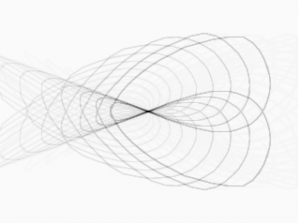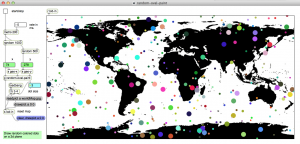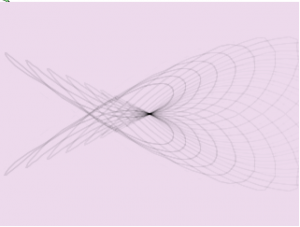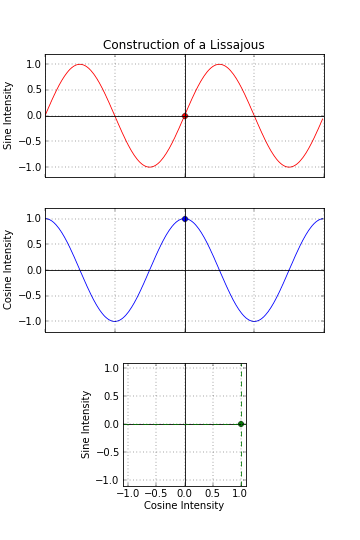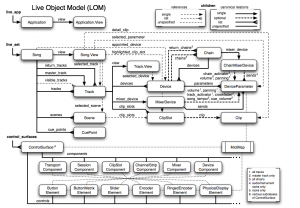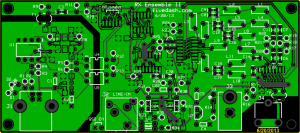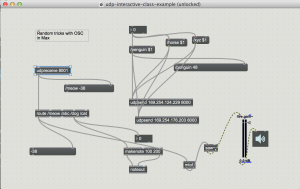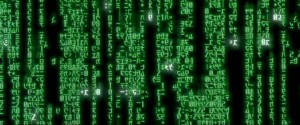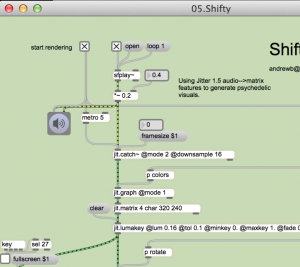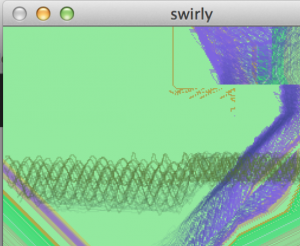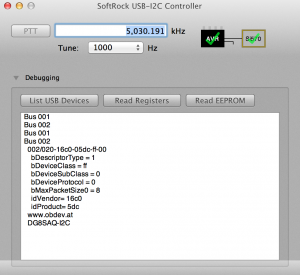Drawing Lissajous curves with Jitter
By Peter Elsea
“Jules Antoine Lissajous (1822-1880) developed a technique for projecting light figures in the 1850s. He placed mirrors on tuning forks and bounced a light beam off them onto a screen. This became a standard technique for studying vibration and enabled major discoveries by Helmholtz and others.”
These two patches are adapted from Elsea’s lecture notes at http://peterelsea.com/Maxtuts_jitter/Lissajous_Art.pdf. The first patch generates curves with two sine waves assigned to X and Y. The second patch adds AM (amplitude modulation). There is an optional feedback module to make visual trails.
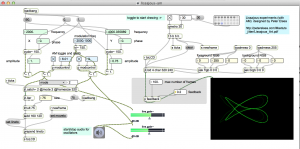
download
https://github.com/tkzic/max-projects
folder: lissajous
patches:
- lissajous-1.maxpat
- lissajous-am.maxpat
external dependencies
You will need to download Elsea’s Lobjects abstractions and add the path to Max in Options | File Preferences: http://peterelsea.com/lobjects.html

